Did you know that clams possess astonishing characteristics that separate them from other creatures in the animal kingdom? They form part of the mollusk family, which includes mussels and oysters. With no skeletal structure, clams are pure tissue masses safeguarded by a durable shell—an effective shield against predators and harsh weather conditions.
Physical Characteristics of Clams
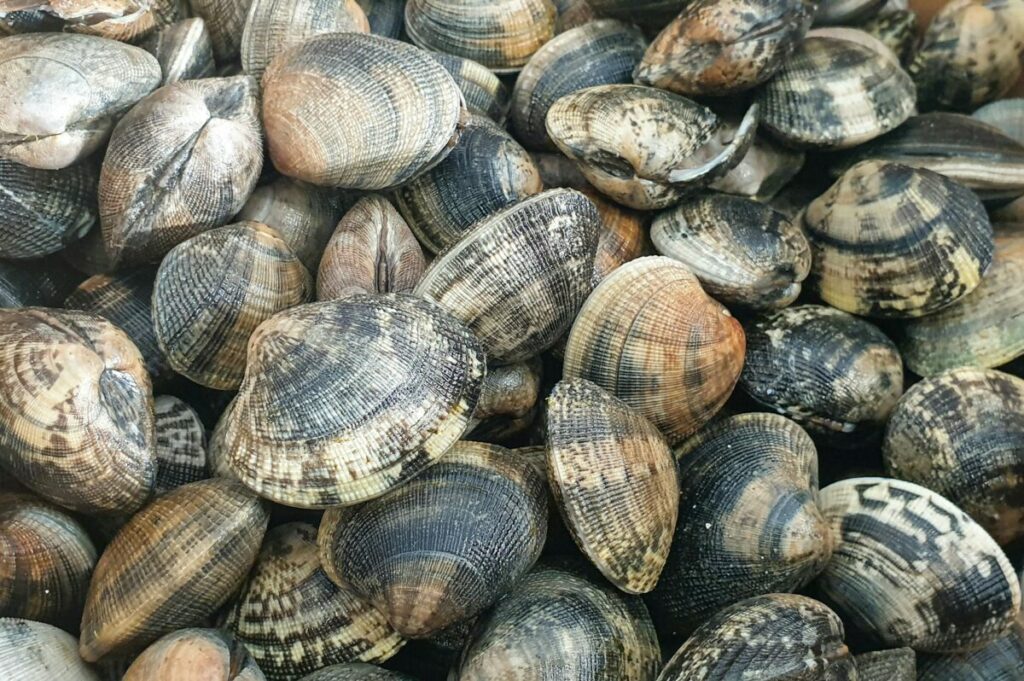
Interestingly, clams aren’t just random soft masses. They do have distinct body parts. For instance, they have a ‘foot’ as well as structures akin to a head and tongue, called the radula. The radula assists in food collection and breakdown.
The Role of the ‘Foot’
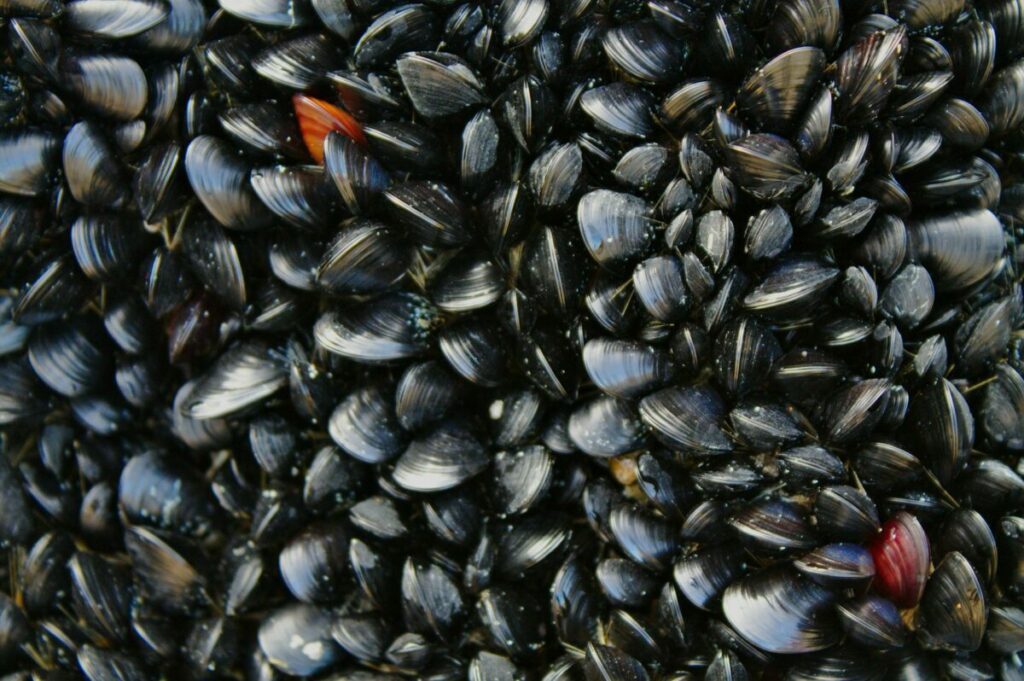
The foot juts out from the shell’s opening, helping the clam move or bury itself in the sand.
How the Radula Comes in Handy
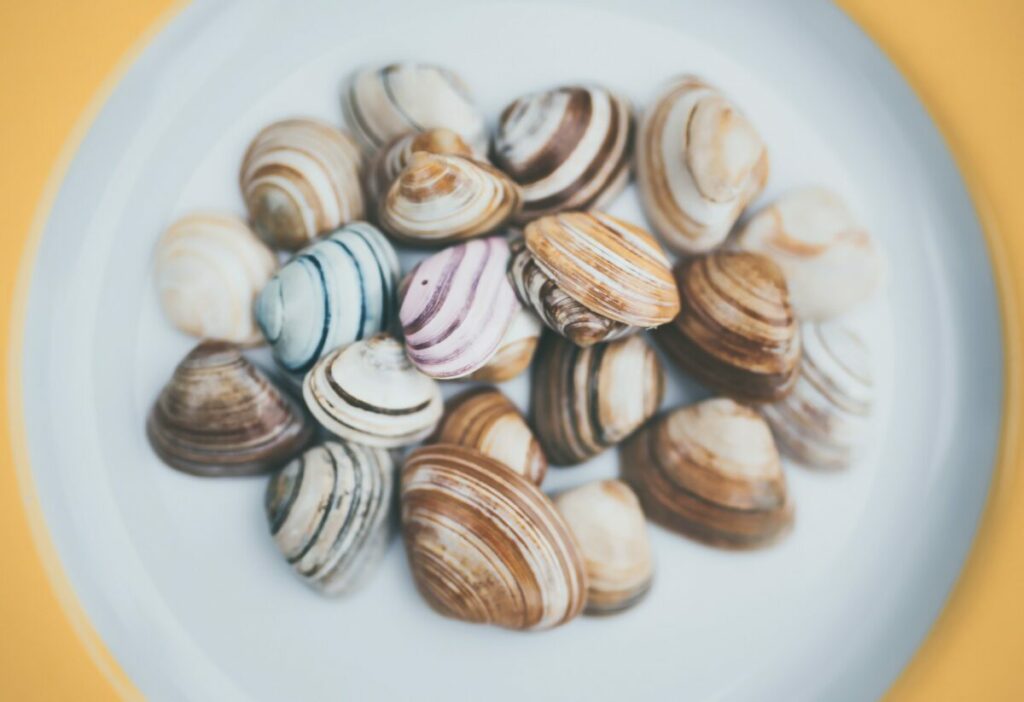
The radula aids in digestion by fragmenting the food into digestible particles.
A Unique Tent of Defense
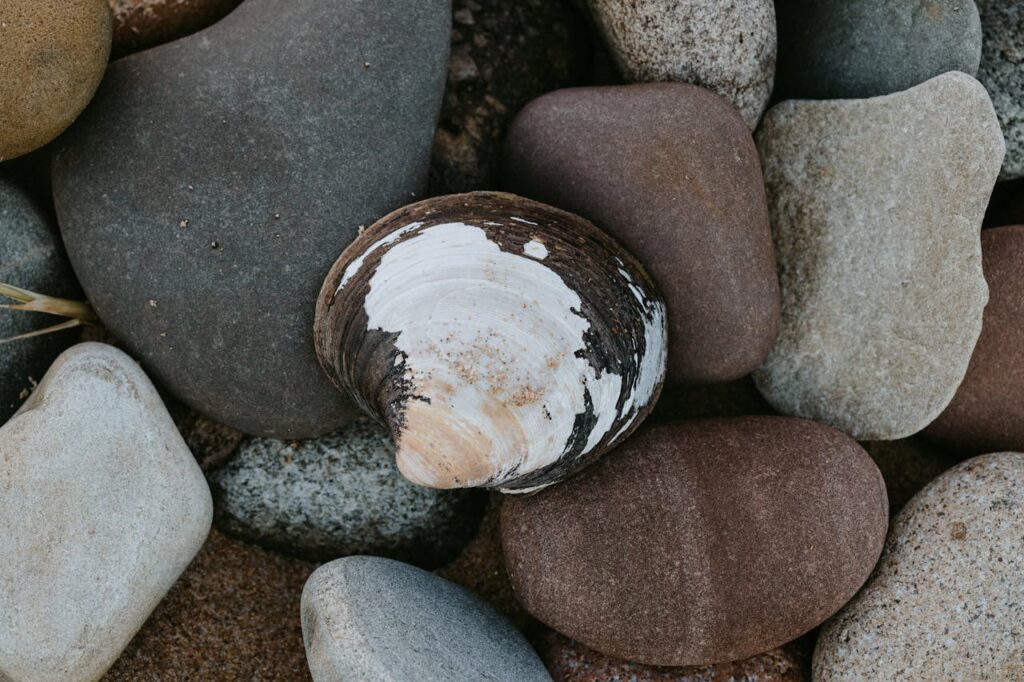
What sets clams apart is their dual-shell structure. The inner layer differs from the exterior one and resembles a sturdy muscle, which connects to the outer shell and the clam’s body. This connection helps keep the clam’s shell firmly shut.
Eye-Catching Clam Facts
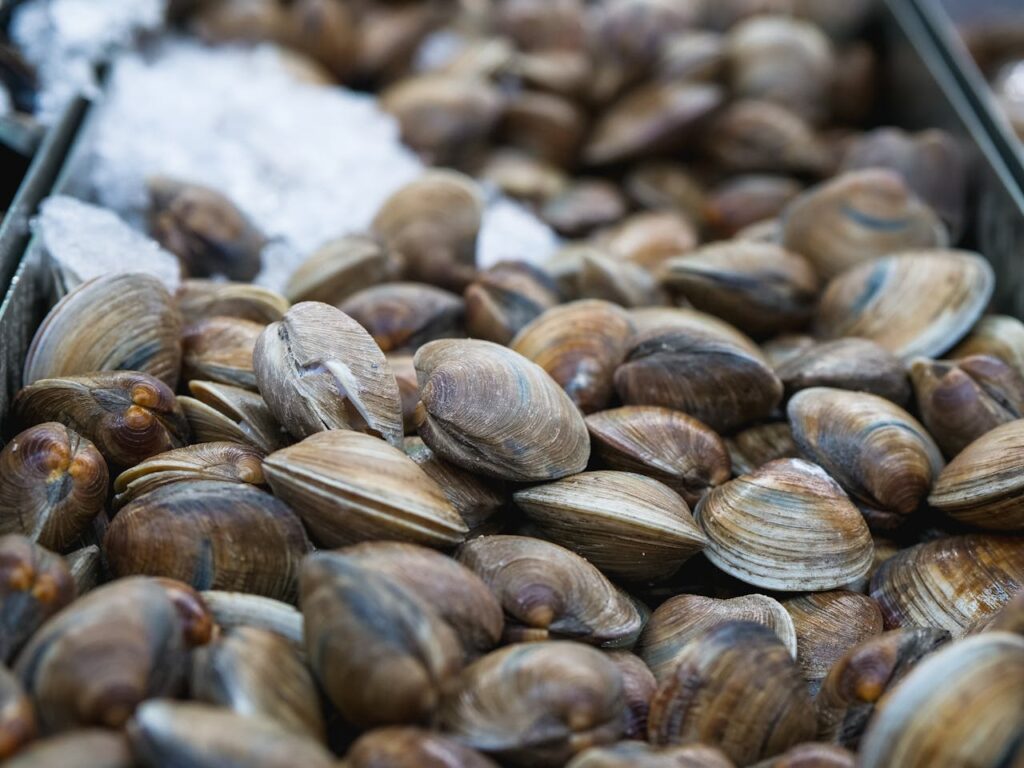
The world’s heaviest clam, weighing in at around 750 pounds, was discovered in 1956 in Okinawa, Japan. Not only are some clams heavy, but a few are incredibly old as well. For example, a quahog near Iceland held the title for the oldest living marine animal—at an impressive 405 years old!
Markings of Age?
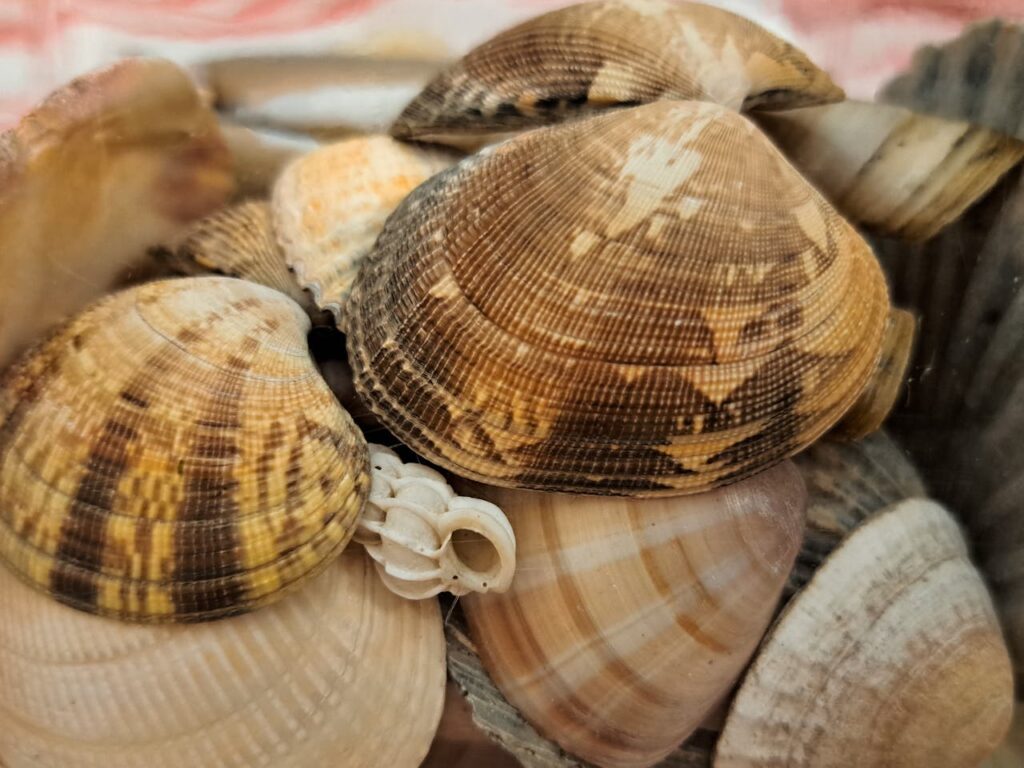
- An exciting tidbit among clam facts is that the age of a clam can be determined by counting rings on the shell. Each year of the clam’s life leaves behind a ring.
- The rings vary in appearance based on environmental conditions like water temperature, food availability, and oxygen levels in the water at that time.
Cooking with Clams
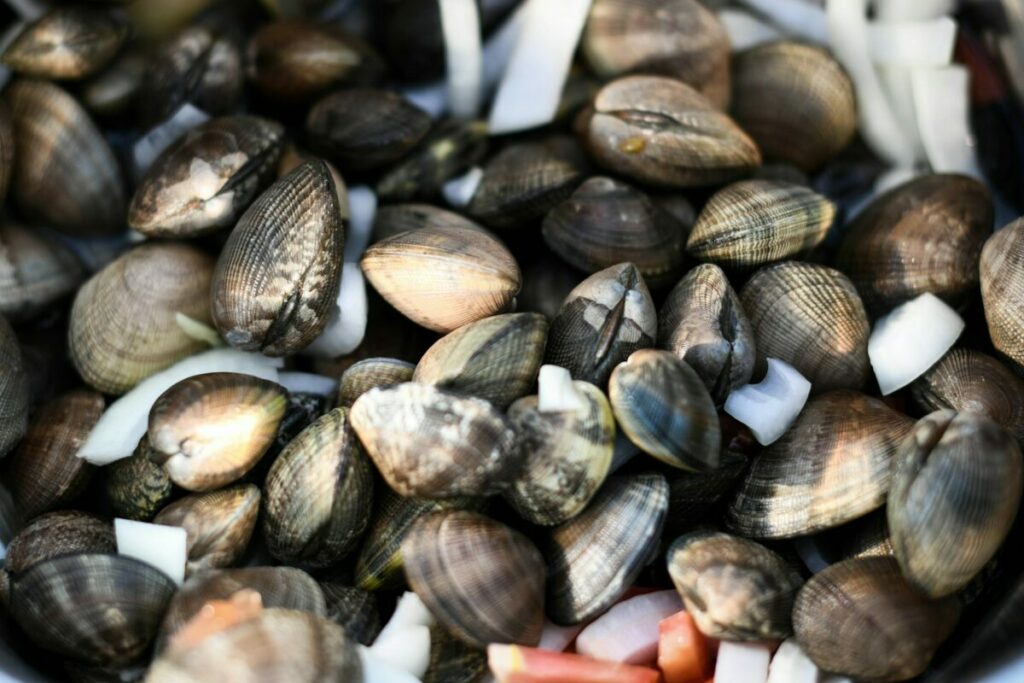
Clams have more than piqued the interest of seafood lovers worldwide. Over the centuries, they have formed an integral part of many cuisines. France, famously known for its gourmet dishes, once incorporated clams into a stew paired with salted pork, called ‘chaudree.’ As French settlers moved into Canada, this unique recipe traveled with them, gradually finding its way into American kitchens, specifically in coastal New England regions. Over time, this French-originated stew evolved into the mouth-watering New England Clam Chowder we all love today.
Clams Across Cultures
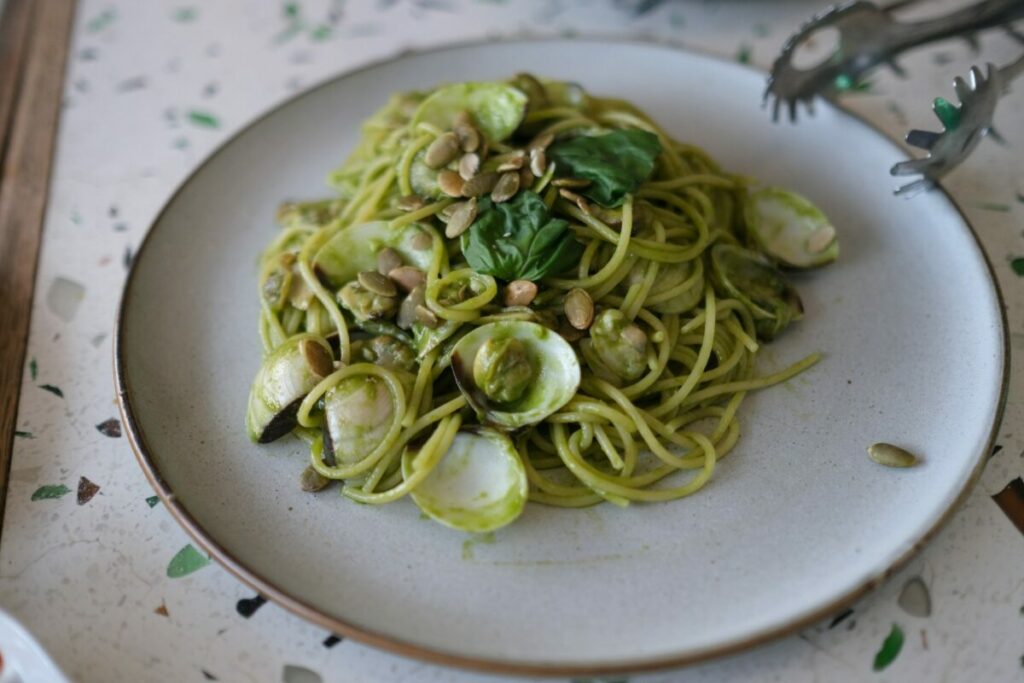
In Italy, a variety of clams are used to create an array of traditional seafood dishes and garnish pastas. Coastal areas across America also frequently serve clams, prepared by steaming, boiling, frying, baking, or even eating raw.
Related Resources: